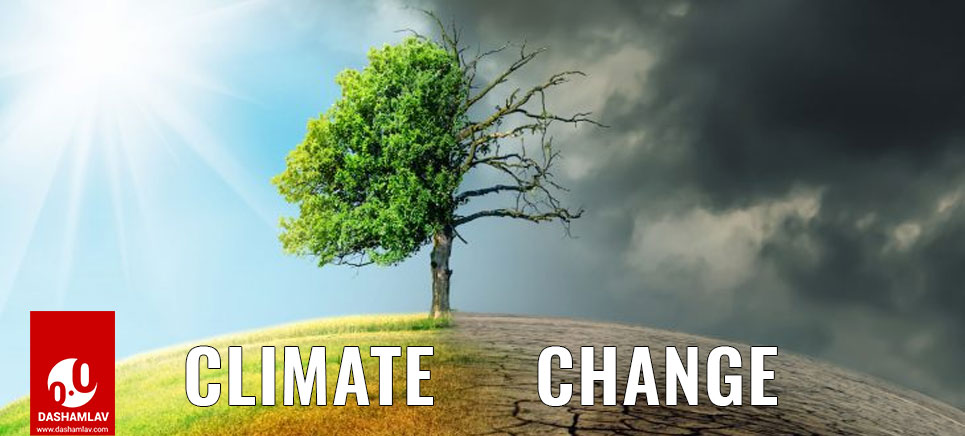The Paris Agreement under the United Nations Framework Convention on Climate Changes (UNFCC), also known as the Paris Climate Agreement or COP21 is an international treaty aimed at reducing the emission of gases causing global warming. The accord was adopted in December 2015 in the city of Paris, France. Hence, it is known as the Paris Agreement. This treaty has been set out to improve upon and replace an earlier international agreement called the Kyoto Protocol which aimed at curbing the emission of greenhouse gases. Paris Agreement came into force on 4th November 2016 and has been signed by 194 countries and ratified by 188 countries till date.
COP means Conference of the Parties.
Summary of the Paris Agreement
The main target of the Paris Agreement is to strengthen global efforts against the threat of climate change. It aims to keep the global temperature rise, in this century, below 2 degrees Celsius above the pre-industrial levels. Moreover, the agreement also aims to increase the ability of countries to deal with the inevitable climate changes. The agreement provides for a robust and transparent framework for action and support.
The Agreement requires all parties to put forward their best efforts through Nationally Determined Contributions (NDC) and to strengthen their efforts further in the years ahead. It requires all parties to report regularly about emissions and their implementation efforts. A global stocktake will be done every 5 years to assess the collective progress towards the goal.

The 20-20-20 Target of the Paris Agreement
COP21 has a defined 20-20-20 target which aims at:
- 20% reduction in the emission of Carbon Dioxide
- 20% increase in the renewable energy market share
- 20% increment in energy efficiency
Key Aspects of the Paris Agreement on Climate Change
1. Long-term Temperature Goal
The goal is to limit the increase in global temperature below 2 degrees Celsius from the pre-industrial level. And, to put efforts to keep the global temperature rise within 1.5 degrees Celsius.
2. Global Peaking and Climate Neutrality
The parties are to reach the peaking of Greenhouse Gases emission as soon as possible. This is to be done with an aim to strike a balance between emissions from sources and removal by sinks in the second half of the century.
3. Differential Mitigation Targets
Every country needs to maintain Nationally Determined Contributions (NDC) to keep an eye on their progress and to provide transparency to the system. Developed countries need to take absolute economy-wide reduction targets while the developing countries need to enhance their mitigation efforts and gradually move towards economy-wide targets in the light of different national circumstances.
4. Sinks and Reservoirs
The parties are encouraged to conserve and enhance sinks and reservoirs, including forests, for Greenhouse Gases.
5. Voluntary Cooperation
The Agreement recognizes the possibility of voluntary cooperation among parties, which includes international transferal of mitigation outcomes. It establishes the mechanism to contribute to the mitigation of emissions and support sustainable development.
Use the citation below to add this article to your bibliography
"Paris Agreement on Climate Change: Summary, Targets, Vision and Mission." Dashamlav.com. Web. 12 June 2025. <https://dashamlav.com/paris-agreement-overview-vision-mission-targets/>
Dashamlav.com, "Paris Agreement on Climate Change: Summary, Targets, Vision and Mission." Accessed 12 June 2025. https://dashamlav.com/paris-agreement-overview-vision-mission-targets/
"Paris Agreement on Climate Change: Summary, Targets, Vision and Mission." (n.d.). Dashamlav.com. Retrieved 12 June 2025 from https://dashamlav.com/paris-agreement-overview-vision-mission-targets/
